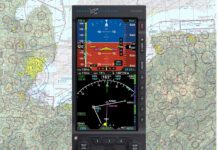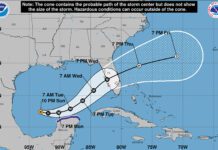July 1999 will have a bit of infamy in the aviation world for years to come. Not only did New York (and the rest of us) lose JFK Jr. to a light plane accident, National Air and Space Museum chief Donald Engen died when the motorized glider in which he was riding suffered an in-flight breakup.
Of course, popular media managed to present startlingly inaccurate information to the general public about the safety of light plane flying, especially in its round-the-clock coverage of the search for Kennedy and his passengers. The misconceptions born out of that coverage are bound to stay with us long after the average American forgets what VFR means. Many people stubbornly concluded what theyd always suspected: that light planes will fall from the sky at the slightest provocation.
In doing our part to correct the misinformation, Aviation Safety staffers appeared in just about every public forum available, from The Wall Street Journal and USA Today to cable news networks and public radio.
Aviation accidents predate the Wright brothers, and its unreasonable to assume that, even after a hundred years of practice, mankind will figure out a way to stop them entirely.
The best we can do is equip our airplanes with the best safety gear we can think of (and pay for), keep our skills as finely honed as possible, and practice the best judgment we can. Then just let the chips fall where they may.
But July was also a time of good news. Cirrus Design began deliveries of its SR20, known to many as the airplane with the parachute. After the prototype crash in March that killed the companys chief test pilot, the search was on to find out if the problem was one of design or happenstance.
Cirrus president Alan Klapmeier says the controllability problem that caused the accident was traced to a design quirk of the aileron. The leading edge of the aileron was an open C, contained within the trailing edge of the wing. Under very high g loading, the wing apparently flexed enough that the edge of the C popped past the trailing edge of the wing and then, when the loading was relieved, could not go back to where it belonged. Cirrus has redesigned the leading edge of the aileron and increased some of the tolerances to solve the problem.
The Cirrus airplane, of course, represents the way new technology is working its way into light plane design and instrumentation. While general aviation continues its gradual improvement in safety, its up to us as pilots to ensure that one of the oldest tricks in the book – crashes – doesnt turn into a new way to feed the media machine.
-Ken Ibold



